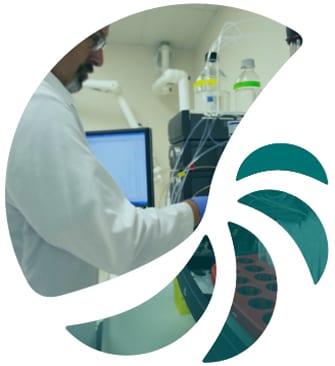Materials and Methods:
… Recombinant anthrax LF was obtained from List Biological Laboratories (Campbell, California, United States). PA was generously provided by Dr. Steven Leppla (National Institutes of Health). PA and LF were reconstituted in water at 500 ng/ml and 250 ng/ml, respectively [35]. Recombinant LF and PA were produced in B. anthracis and were free of LPS contamination as indicated by the manufacturer, and by a lack of CD86 up-regulation on immature cells, as measured by flow cytometry.
Cell death and viability assays:
Cell viability was measured by analysis of MTT cleavage to formazan by succinate dehydrogenases in living cells [37]. For the colorimetric MTT assay, cells were exposed to LT (500 ng/ml PA and 250 ng/ml LF), and the MTT solution (5 mg/ml MTT in PBS) was added directly to wells and incubated at 37 C for 4 h. The dye was solubilized with acidic isopropanol (25 mM HCl and 0.5% SDS in isopropanol), and the absorbance was measured at 570 nm. …
Western blotting:
Cells were cultured in 24-well plates and treated with LT. …
In vivo assay:
Ten-week-old female BALB/c mice were injected intraperitoneally with LT [3,4]. Mice were sacrificed 0, 3, 6, and 24 h after LT injection. Spleens were harvested and treated with 400 U/ml collagenase D (Roche) to release DCs. Levels of splenic DCs (CD11c+, MHC class II+), macrophages (CD11b+, MHC class II+), and circulating B cells (B220+) and T cells (CD3+) were determined by flow cytometry using fluorescently labeled antibodies to surface markers.
LT (Lethal Toxin) = Lethal Factor (LF) + Protective Antigen (PA)
Author did not indicate which specific lethal factor was utilized. List Labs provides Product #172 (Anthrax Lethal Factor (LF), Recombinant from B. anthracis) and Product #169 (Anthrax Lethal Factor (LF-A), Recombinant from B. anthracis Native Sequence).



